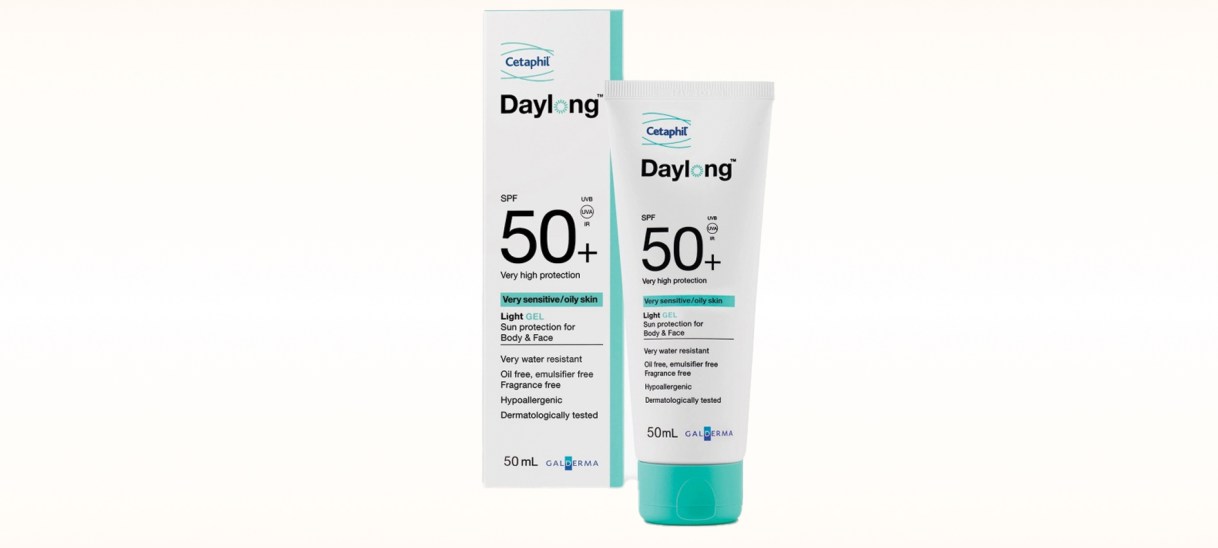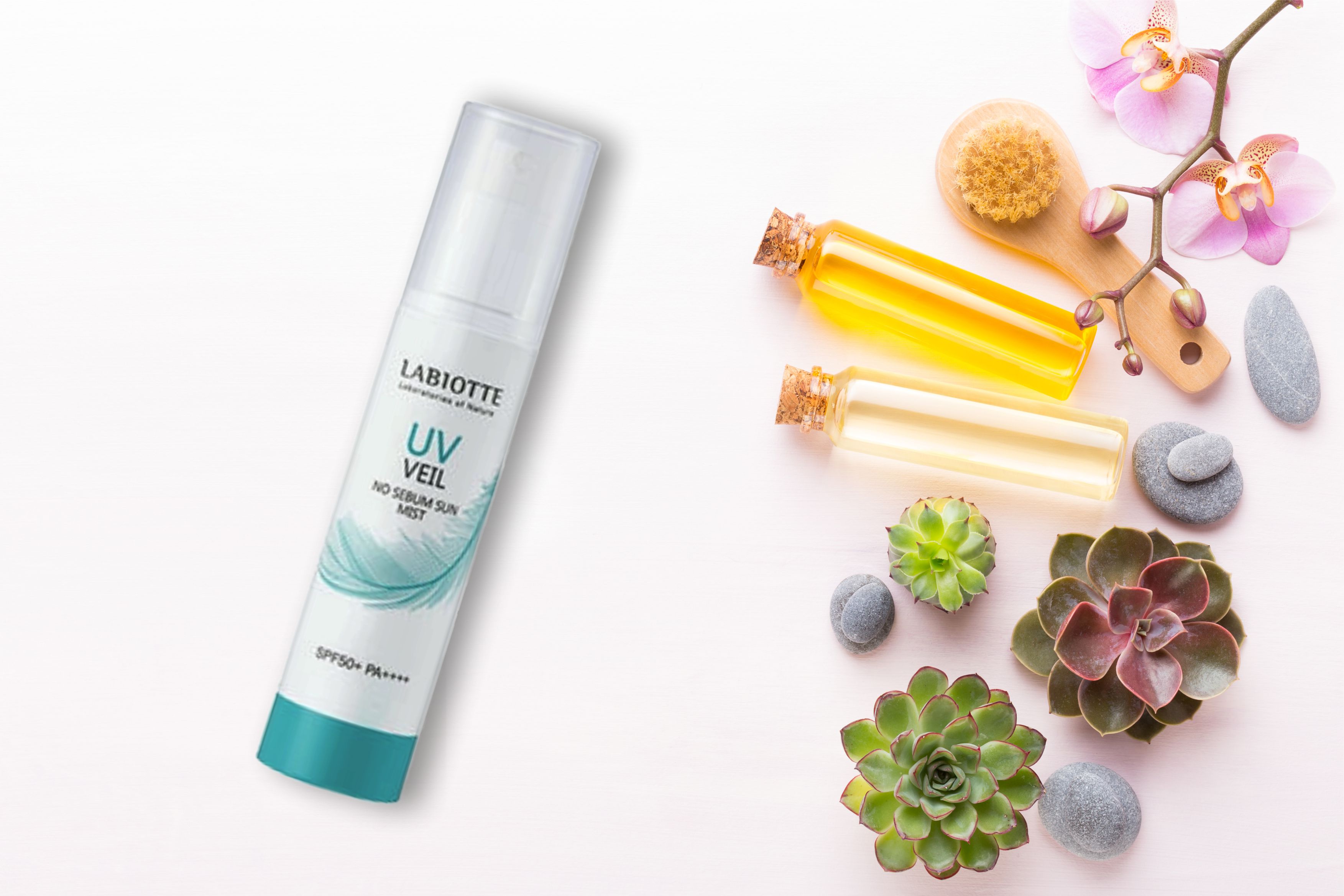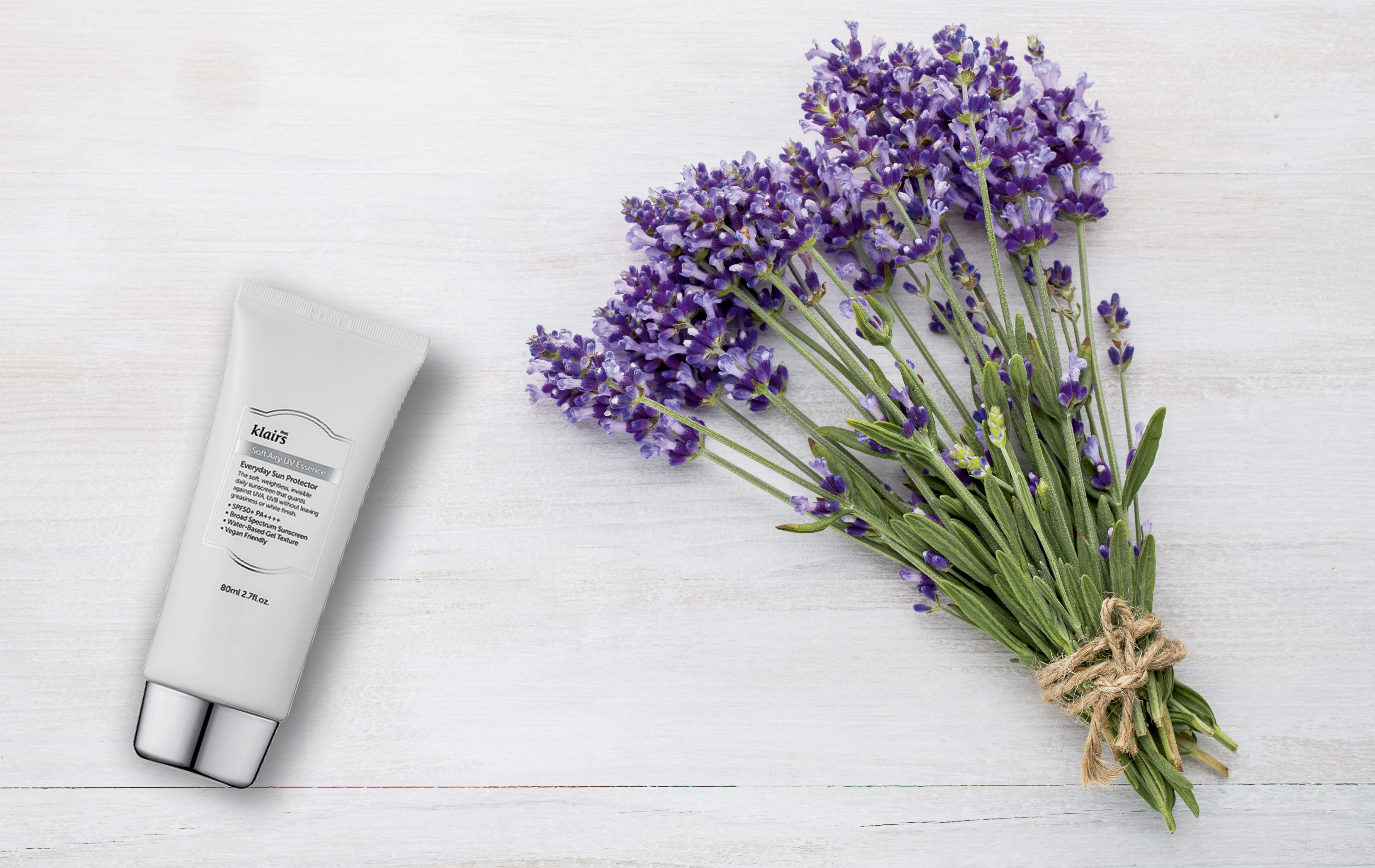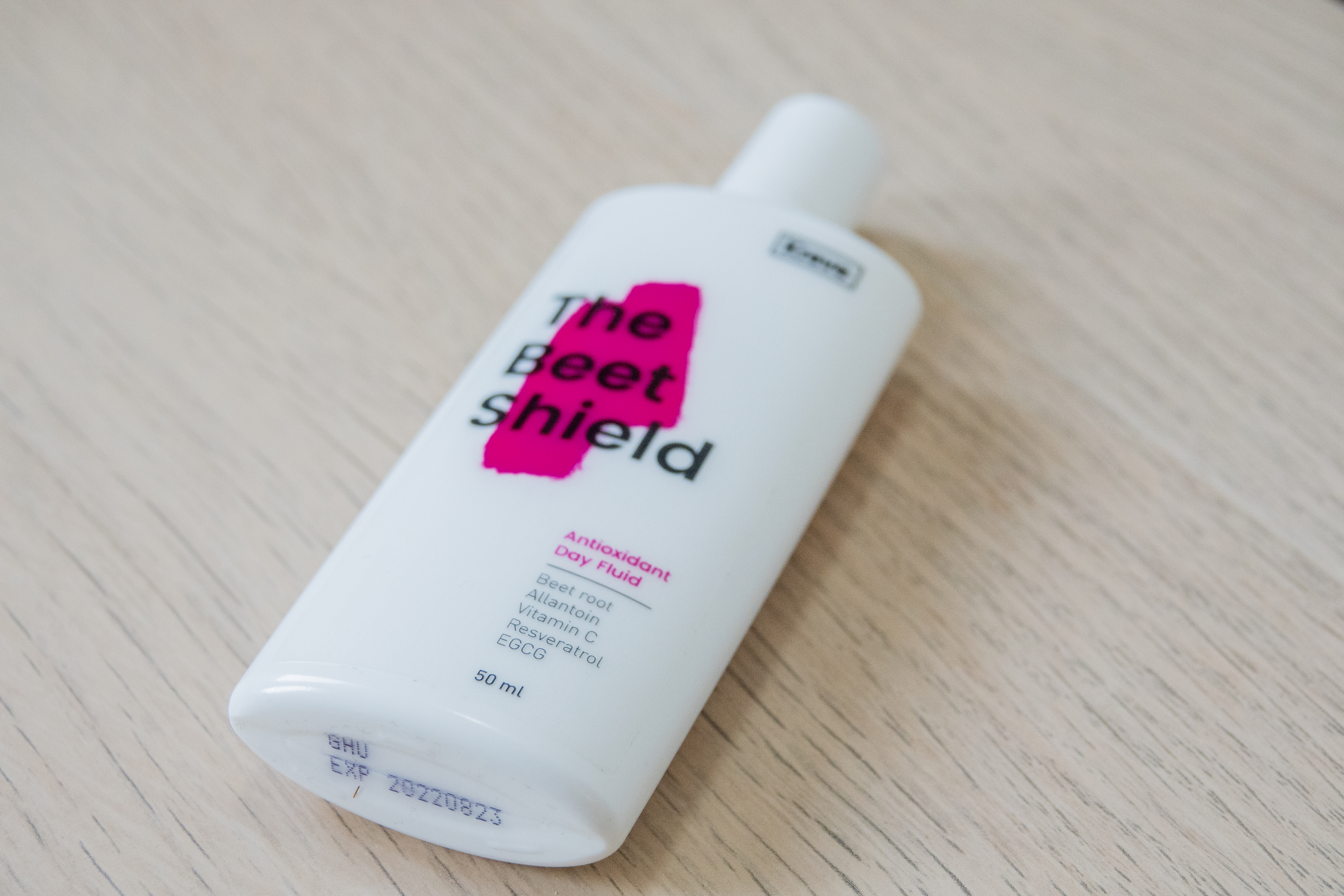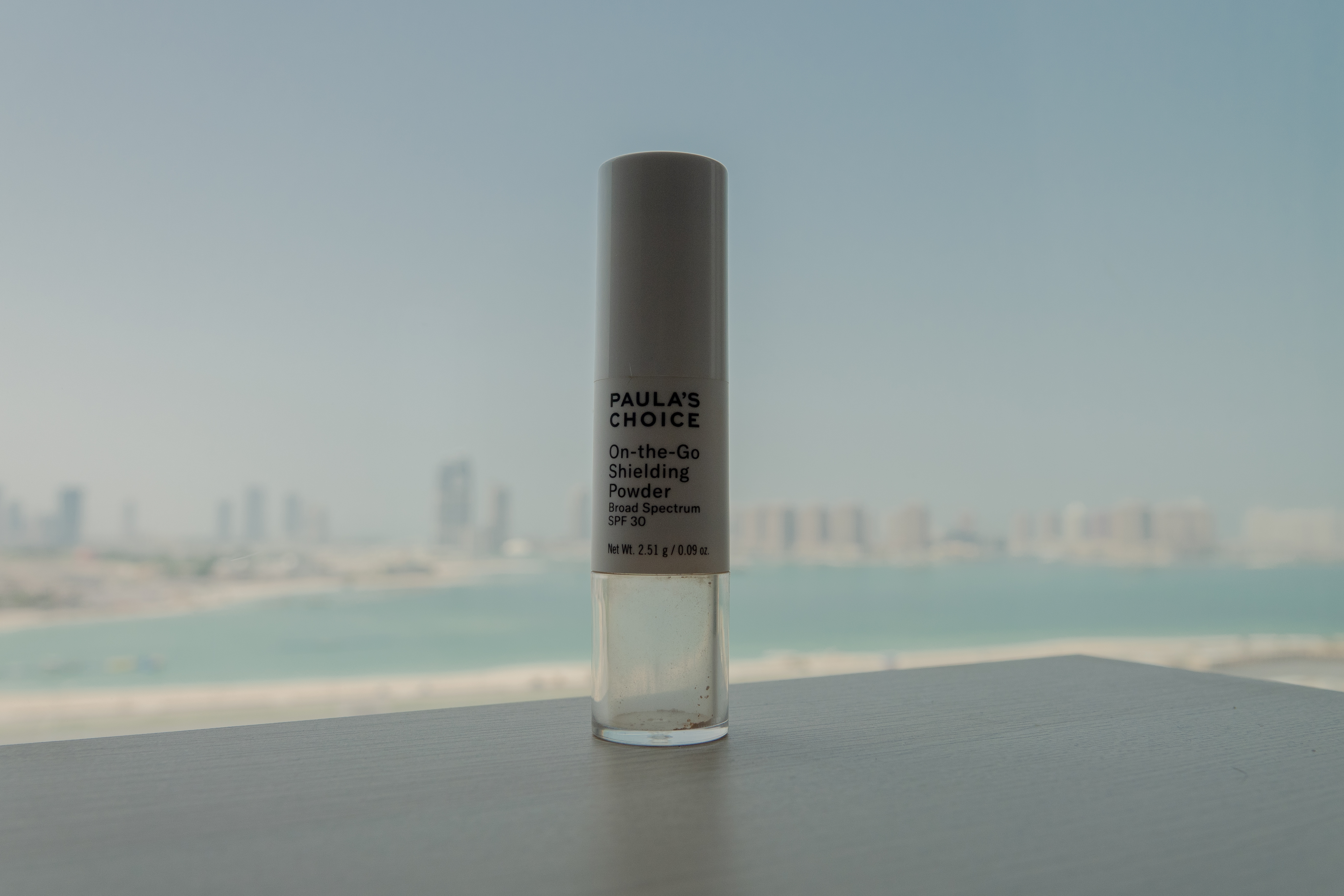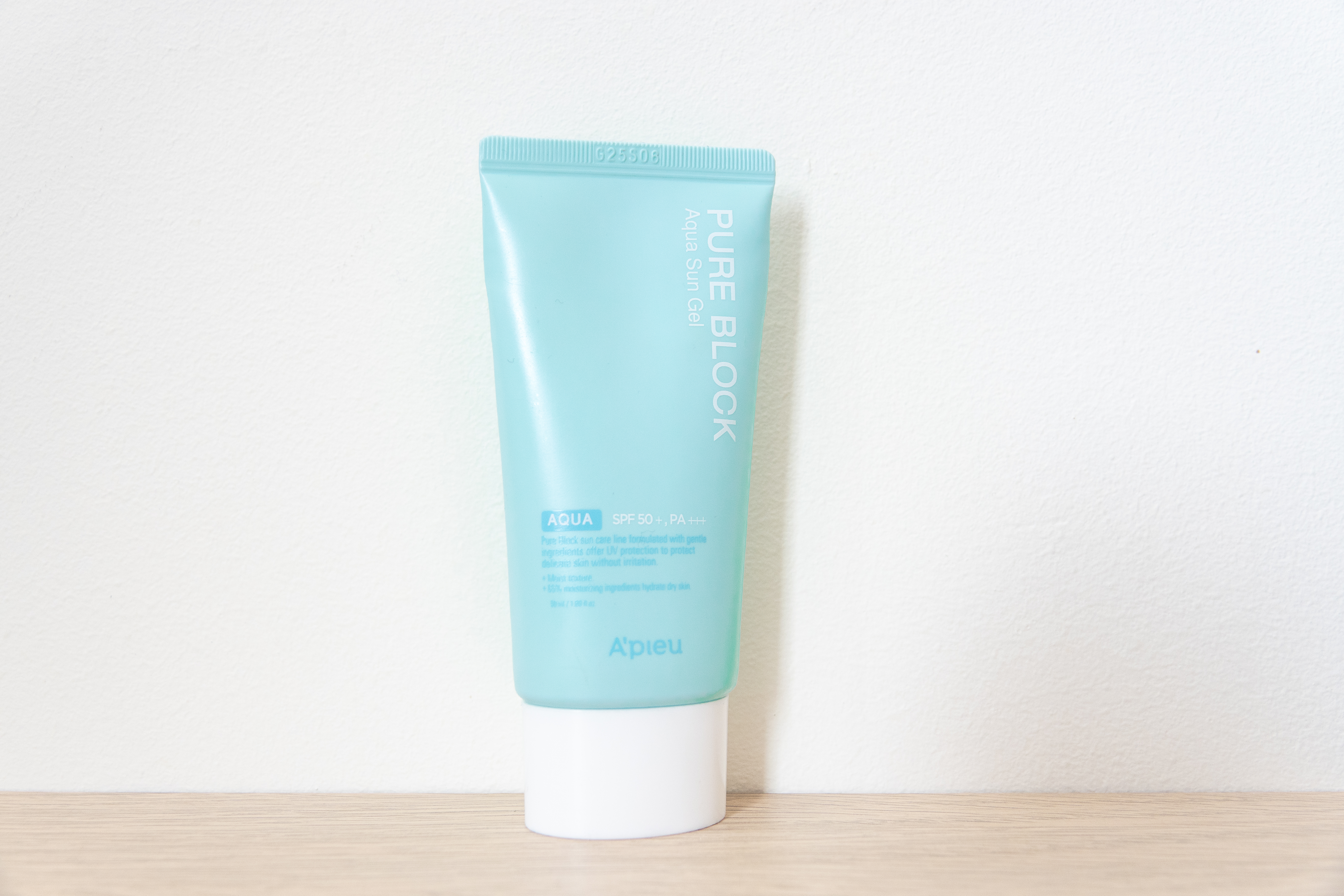
I have been wanting to give the La Roche-Posay Anthelios line a try for a good while now. So when I found the La Roche-Posay Anthelios 50+ Tinted Hydrating Cream on sale I had to give it a go. What a disappointment. I can not even review this product effectively as I simply can not wear it.
On application, my skin turns the kind of orange that would scare an oompaloompa off. And that folks is all I can say about that. If the product is unwearable then I simply can not tell if it will break me out, get greasy throughout the day, layer well with other products, etc.
I hate having to waste product, but this will have to be tossed, it is of no use to me, not even on my body.
The sunscreen comes in a 50ml tube with a pump and has a shelf life of 12 months.
The finish of the product is dewy and the scent is not overly “SPF”. It works into the skin well (apart from the orange cast).
I wish I could have learned a little more about this sunscreen, but it is what it is. I will not be repurchasing, which I guess is a blessing is disguise as this brand is not cruelty free.
MY SKIN TYPE
I have pale combination skin with a very oily t-zone. I suffer from enlarged pores, underlying redness and hyperpigmentation.
At times I can be prone to breakouts, but these days they tend to be more hormonal.
HOW TO USE
Sunscreen is always applied as the last step of the morning skincare routine.
My personal preference to apply a generous amount to the face, neck, chest, and ears. Don’t be stingy with the SPF folks. It also helps to reapply every 2 hours or so.
THE BRAND
La Roche-Posay is a French Pharmacy brand that is recommended by dermatologists on the regular as it is gentle on the skin.
La Roche-Posay is not cruelty free nor are they 100% vegan.
INGREDIENTS
- Water
- Diisopropyl Sebacate works primarily as a handy helper ingredient in sunscreen formulas. It helps to create high-SPF formulas with reduced concentrations of UV-filters and it also helps to create cosmetically elegant formulas. It absorbs rapidly, makes the product easily spreadable and reduces greasiness coming from the oil-soluble sunscreen agents.
- Glycerin is a skin-replenishing and skin-restoring agent.
- Bis-Ethylhexyloxyphenol Methoxyphenyl Triazine is a UV filter and absorber.
- Propanediol can enhance the absorption of ingredients and has hydrating properties.
- Ethylhexyl Salicylate is a UV absorber and filter.
- Ethylhexyl Triazone is a new generation, chemical sunscreen that gives the highest photo-stable absorption of all available UVB filters today. It protects in the UVB range (280-320nm) with a peak protection of 314nm. It is an oil-soluble, odourless, colourless powder that works well in fragrance-free formulas. It can be used up to 5% worldwide except for the US and Canada.
- C12-22 Alkyl Acrylate/Hydroxyethylacrylate Copolymer is a binding agent.
- Drometrizole Trisiloxane is an oil-soluble, photostable chemical sunscreen with both UVB and UVA protection with peak absorbance at 303 nm (UVB) and at 344 nm (UVA).
- Butyl Methoxydibenzoylmethane is a UV filter and absorber.
- Aluminum Starch Octenylsuccinate works as an anti-caking and oil-absorbing agent. It also gives products good spreadability, long-lasting and velvet touch characteristics. It is popular both in skincare and makeup products.
- Titanium Dioxide (CI 77891) is a physical sunscreen.
- Silica is used as an absorbent powder and thickening agent.
- Tocopherol is Vitamin E, a well-known antioxidant.
- Isopropyl Lauroyl Sarcosinate is an emollient.
- Acrylates Copolymer is a film-forming agent.
- Ammonium Acryloydimethyltaurate/VP Copolymer helps in the creation of gel-like textures.
- Caprylyl Glycol is a humectant and emollient. It has antimicrobial benefits and improves the effect of preservatives.
- CI 77491 is a pigment.
- CI 77492 is a pigment.
- CI 77499 is a pigment.
- Citric Acid is a PH adjuster.
- Disodium EDTA is a chelating agent that prevents certain ingredients from binding with others.
- Scutellaria Baicalensis Extract/Scutellaria Baicalensis Root Extract is an antioxidant with anti-inflammatory properties.
- T-Butyl Alcohol is a solvent.
- Terephthalylidene Dicamphor Sulfonic Acid is a sunscreen agent. It is water-soluble and protects in the UVA range with a peak absorbance at 345 nm.
- Triethanolamine is a preservative.
- Xanthan Gum is a stabilizer and texture enhancer.
INGREDIENTS TO NOTE
- Alcohol Denat is often used as a delivery agent in cosmetic formulations. It can at times be drying, but I do not find that to be the case in this formulation.
- Parfum/Fragrance. While fragrance does not tend to irritate me I don’t feel it necessary.
CLOSING
I purchased my La Roche-Posay Anthelios 50+ Tinted Hydrating Cream from Kulud Pharmacy in Qatar.
I will not be repurchasing this product as it is simply unwearable for me.
Visit my skincare page to read more reviews of products I have tried out.
**I source most of the ingredient explanations from Paula’s Choice website, INCI Beauty, Incidecoder, SkinCarisma and CosDNA.
***Please note that these are simply my opinions. Everyone will have skin that responds differently to different ingredients and formulations.

